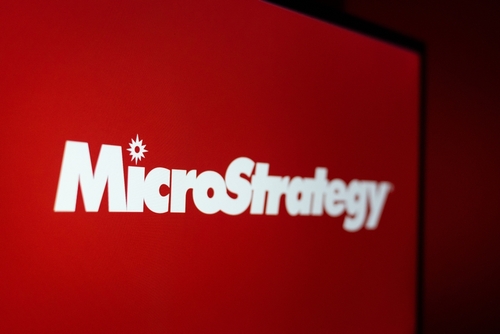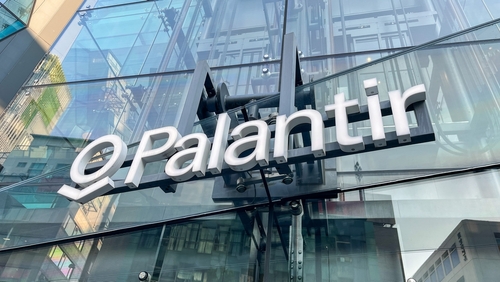Rivian Appears Ready to Solve Its Biggest Problem. Is the Stock a Buy?

Since it went public back in 2021, Rivian Automotive (NASDAQ: RIVN) has done a good job of selling its electric vehicle (EV) SUVs. What it hasn't done a good job of is being able to sell them for more than it costs to makes them. This is reflected in the company's negative gross margin.
Despite some recent component shortages that affected deliveries, the EV company reiterated that it would be able to achieve a modest positive gross margin next quarter after it re-engineered its vehicles to take out costs and upgraded its manufacturing facility.
The stock has been on a roller-coaster ride this year and currently finds itself down more than 55% so far in 2024 (as of the time of this writing).
With that in mind, let's take a closer look at the company's most recent quarterly results to determine if now is a good time to buy the stock.
Lower production, but future gross margin in focus
Hurt by supply constraints and the retooling of its factory, Rivian's third-quarter revenue plunged 35% year over year to $874 million as the company delivered 10,018 vehicles in the quarter, down 36% from the 15,564 it delivered a year ago.
It produced 13,157 vehicles in the quarter. In October, it reduced its full-year production guidance from 57,000 vehicles for the year to a range of 47,000 to 49,000 vehicles. Because of these production issues, the company reduced its full-year earnings before interest, taxes, depreciation, and amortization (EBITDA) guidance to a loss of between $2.825 billion to $2.875 billion.
As noted above, Rivian's biggest issue has been its negative gross margin, which continued in the quarter. It reported a negative gross profit of $392 million, which is a loss of more than $39,000 per vehicle delivered before any costs associated with selling the vehicles or any corporate or research and development costs.
However, the company reiterated that it would be gross-margin-positive next quarter helped by an increase in revenue per vehicle, lower variable material costs, and significantly reduced fixed costs related to the earlier redesigns of its vehicles and recent retooling of its factories. It says it sees a 20% reduction in material costs compared to the first quarter of the year, while hours per unit at its factories are also coming down. Next year, meanwhile, it sees its new quad motor offering helping to lift average selling prices (ASPs).
Overall, Rivian saw an operating loss of $1.17 billion in the quarter, while producing negative adjusted EBITDA of $1 billion.
The company continues to burn cash, with operating cash outflows of $876 million and free cash flow of negative $1.15 billion after spending $277 million in capital expenditures (capex). It ended the quarter with $9.4 billion in cash and short-term investments against $4.4 billion in debt.

Image source: Getty Images.
Is now the time to buy Rivian?
Achieving a positive gross margin is just the first step for Rivian in demonstrating that it can be a viable company over the long run. However, the fact that the component shortage will not impact the timing of its turning gross-margin-positive is a big positive for the company, as decreased production could have certainly derailed this.
With its recent multi-year deal with Volkswagen, the company received a cash infusion of up to $5 billion and it now expects the joint venture between the companies to close by the end of the year. With additional funds from Volkswagen expected to come in, the company believes it has enough cash to ramp up its cheaper R2 vehicle, which will give it a much broader audience given the vehicle's projected $45,000 starting point.
From there, the company will need to start generating cash and work toward profitability. That is a long road ahead, but it has partnerships with two very strong companies in Volkswagen and Amazon, its largest shareholder for whom it makes EV delivery vans. Amazon, meanwhile, is looking to increase van delivery orders, while Rivian said it could see additional commercial van deals next year.
Rivian is still an early-stage company burning through cash, but it appears to be making progress toward fixing its biggest issue (negative gross margin), while also forming strong partnerships. Its investment and partnership with Volkswagen, meanwhile, speaks to Rivian's strong EV technology, especially when it comes to its new zonal hardware design.
Overall, I view Rivian as a speculative bet, but one I think risk-tolerant investors can take a small position in given its strengths.
Should you invest $1,000 in Rivian Automotive right now?
Before you buy stock in Rivian Automotive, consider this:
The Motley Fool Stock Advisor analyst team just identified what they believe are the 10 best stocks for investors to buy now… and Rivian Automotive wasn’t one of them. The 10 stocks that made the cut could produce monster returns in the coming years.
Consider when Nvidia made this list on April 15, 2005... if you invested $1,000 at the time of our recommendation, you’d have $890,169!*
Stock Advisor provides investors with an easy-to-follow blueprint for success, including guidance on building a portfolio, regular updates from analysts, and two new stock picks each month. The Stock Advisor service has more than quadrupled the return of S&P 500 since 2002*.
*Stock Advisor returns as of November 11, 2024
John Mackey, former CEO of Whole Foods Market, an Amazon subsidiary, is a member of The Motley Fool's board of directors. Geoffrey Seiler has no position in any of the stocks mentioned. The Motley Fool has positions in and recommends Amazon. The Motley Fool recommends Volkswagen Ag. The Motley Fool has a disclosure policy.







